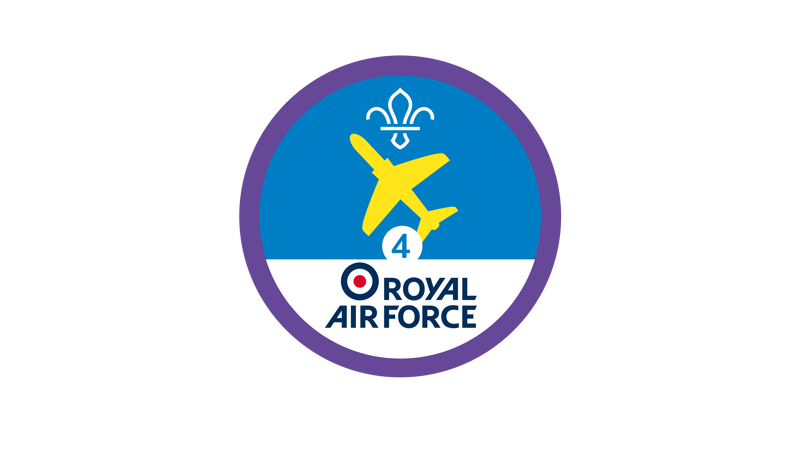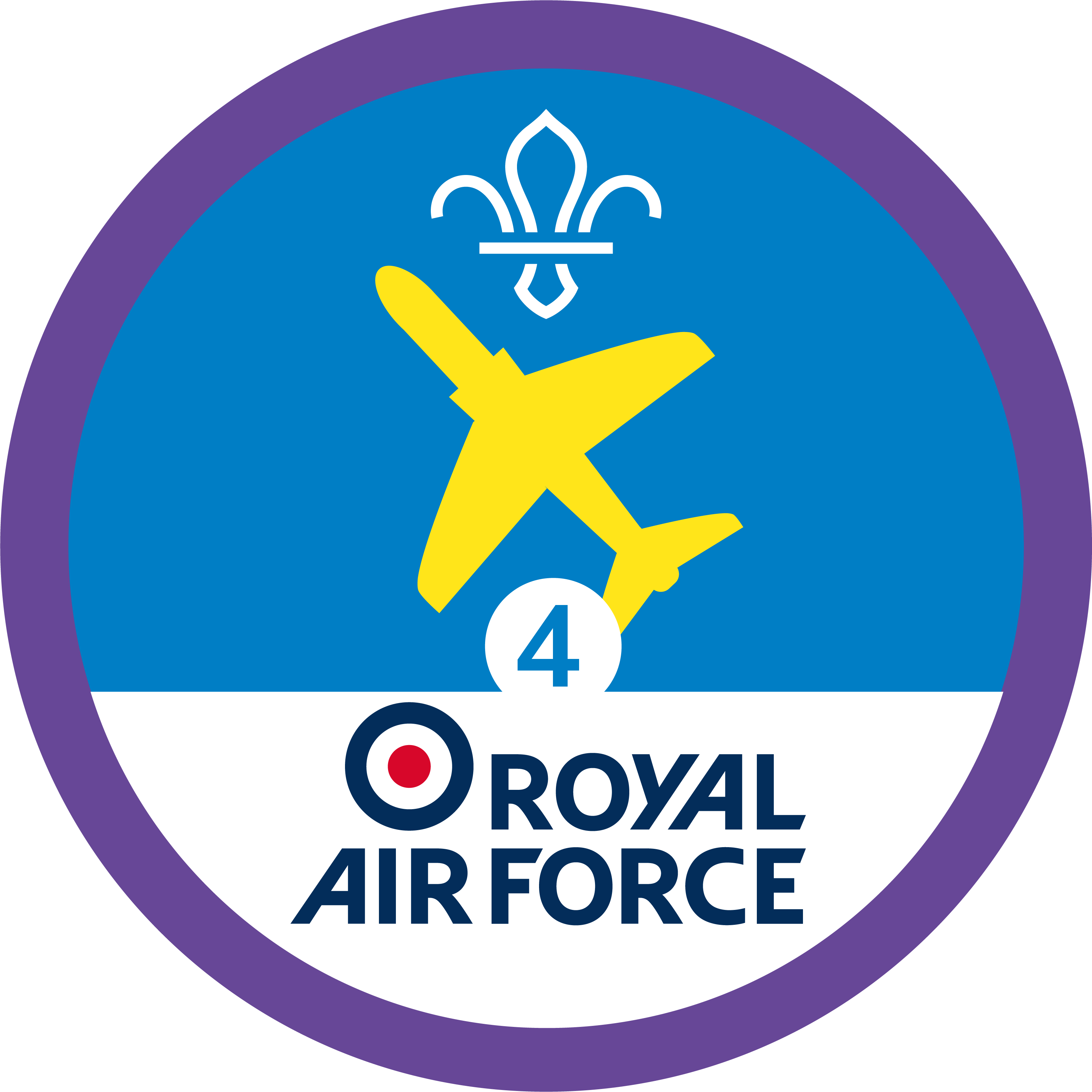
Whose emergency is it anyway?
You’ll need
- Scrap paper
- Pens or pencils
- Sticky tack
- Something to mark lines (for example, chalk, masking tape, or rope)
Before you begin
- Mark a line on the floor of the meeting place that’s long enough for everyone to stand on.
- Make two signs. One should say ‘Pan-pan’ and the other should say ‘Mayday’. They should be big enough for people to read them from a little while away.
- Stick one sign at either end of your meeting place. The line should go across the middle of the space between the signs – it shouldn’t connect one sign to the other.
What should you call?
- The person leading the activity should explain that if planes or boats are in trouble they broadcast signals on their radio to call for help. There are two main signals to choose from.
- The person leading the activity should ask if anyone knows why they don’t just say ‘help’. Help’s too common in the English language – it’s hard to tell if someone needs help with a little problem or a really serious one, while signals have clear meanings.
- The person leading the activity should ask if anyone knows the two signals. They should explain that they’re ‘mayday’ and ‘pan-pan’. Both come from French words – ‘m’aider’ means ‘help me’ and ‘panne’ means ‘breakdown’.
- The person leading the activity should ask if anyone knows when a pilot might call ‘Mayday’. A mayday call means that there’s imminent danger to life or to the vessel itself.
- The person leading the activity should ask if anyone knows when a pilot might call ‘Pan-pan’. A pan-pan call means that there’s a serious situation on the plane that’s urgent but without imminent danger.
- The person leading the activity may show everyone a video that explains the history and use of the calls.
Play the game
- Everyone should stand on the line in the middle of the meeting place.
- The person leading the activity should read a scenario.
- Everyone should decide whether the situation needs a mayday or a pan-pan call. They should run to the side of the meeting place that represents their answer.
- Everyone should find a partner who answered the same way. They should chat about why they made that decision.
- One person from each side should explain why they made their decision.
- The person leading the activity should tell everyone the right answer.
- Everyone should repeat the steps until they’ve covered plenty of scenarios.
- The plane is flying and an engine cuts off. (Mayday)
- One pilot’s unconscious but the other pilot is fine. (Pan-pan)
- Someone in the cabin refuses to stop smoking. They become aggressive when they’re asked to put their cigarette out. (Pan-pan)
- The plane’s shaking for no reason. (Pan-pan)
- Fuel’s pouring from the wing of the plane. (Mayday)
- There’s a crack in the plane’s hull and the cabin pressure is falling. (Mayday)
- The plane is on fire. (Mayday)
- There’s a (non-poisonous) snake on the plane. (Pan-pan)
Reflection
This activity was all about communicating. Was using mayday and pan-pan calls a new way of communicating? Why is it important to know how to communicate in an emergency? How sure were people about their answers? Why is it important to that people are sure when they’re communicating in an emergency? The right information can help the emergency services get there as fast as possible, and can help them be prepared to deal with the situation as soon as they arrive
Safety
All activities must be safely managed. You must complete a thorough risk assessment and take appropriate steps to reduce risk. Use the safety checklist to help you plan and risk assess your activity. Always get approval for the activity, and have suitable supervision and an InTouch process.
- Active games
The game area should be free of hazards. Explain the rules of the game clearly and have a clear way to communicate that the game must stop when needed. Take a look at our guidance on running active games safely.
People could work in groups to think of a few situations that would need a mayday or pan-pan call. Once the groups have a few situations, they could swap with another group and see if they can figure out which call to use in each scenario.
It’s OK if people only feel confident talking in small groups – in this activity, everyone gets the chance to share their opinion before one person feeds back. If some people don’t want to speak in front of the whole group, they could just pass.
All Scout activities should be inclusive and accessible.
People could find out about their own air emergencies so they can take the lead with the scenarios. Chatting in smaller groups before feeding back is a great chance for everyone to share their ideas.
